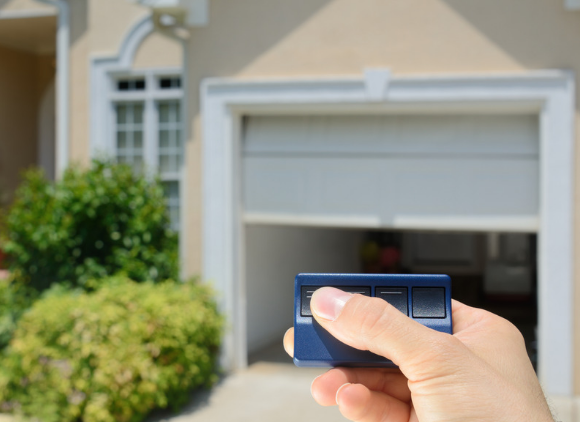In today’s modern homes, garage door openers have become indispensable tools, providing seamless access and security to our garage spaces. These devices offer a range of benefits that make our daily lives more convenient. However, like any mechanical equipment, garage door openers can encounter issues over time.
If you need garage door opener repair, you’re certainly not alone. In this comprehensive guide, we’ll take you through a step-by-step process for addressing common garage door opener problems. By following these straightforward instructions, you can efficiently and effectively restore your garage door opener’s functionality.
How to Fix Garage Door Openers

Why Use a Garage Door Opener?
Garage door openers offer a variety of advantages:
- Ease of Use: With a simple press of a button, you can effortlessly open or close the garage door, eliminating the need for manual lifting, especially useful during unfavorable weather conditions or when dealing with heavy objects.
- Convenience: Many openers come equipped with remote controls, allowing you to operate the door from the comfort of your vehicle. This feature proves highly convenient, particularly during adverse weather or late hours.
- Enhanced Security: Modern openers incorporate security features like rolling codes to prevent code theft, and some even integrate with home security systems.
- Safety Features: Most openers include safety mechanisms such as auto-reverse, which prevents accidents by retracting the door upon detecting obstacles.
- Lighting: Built-in lights activate when the door is in motion, illuminating the garage space and aiding navigation in low-light conditions.
- Energy Efficiency: Garage door openers are energy-efficient while providing substantial comfort and convenience.
Given these benefits, a garage door opener contributes to accessibility, safety, security, and overall convenience within your home.
Step-by-Step Guide to Fixing Your Garage Door Opener:
- Gather Tools: Before starting, assemble the necessary tools, including a flathead screwdriver, pliers, adjustable wrench, ladder, multimeter, flashlight, safety goggles, and gloves.
- Identify the Issue: Determine the exact problem, whether it’s the door failing to operate, the motor not running, or issues with the remote. Precise identification simplifies effective troubleshooting.
- Test the Wall Switch: If the remote isn’t working, begin by checking the batteries. Test the wall switch; if it functions, focus your attention on the remote. If neither control works, consider motor or power-related problems.
- Inspect Roller Tracks: Carefully examine the tracks for damage or debris obstructing smooth movement. Minor dents may be repairable with a hammer, but extensive damage warrants professional assistance.
- Check Springs: Worn or broken springs can impede door movement. Seek professional help, as mishandling springs can lead to injury.
- Tighten Connections: Vibrations from door movement can loosen brackets and hardware. Carefully inspect and tighten track brackets, garage door opener fasteners, and other relevant hardware.
- Additional Checks: Thoroughly examine the power cord, door sensors, and opener gear. Prioritize safety—always disconnect power before working with electrical components.
- Consult Owner’s Manual: Consult the opener’s manual for model-specific information and guidance.
When the Guide Falls Short:
If the troubleshooting guide proves inadequate, follow these steps:
- Consult a Professional: Contact a licensed, insured garage door repair service with positive reviews. Clearly communicate the problem and steps you’ve taken for accurate diagnosis.
- Prioritize Safety: Refrain from using the door, especially if dealing with broken springs or cables.
- Schedule a Service Visit: Arrange for a comprehensive inspection by technicians to pinpoint the issue and provide cost estimates for repairs.
- Repairs or Replacement: Depending on the extent of damage, components may be repaired or the opener system replaced if necessary.
- Embrace Routine Maintenance: Prevent future issues through regular maintenance, including lubrication, hardware checks, and door balance assessments.
Conclusion:
A fully functional garage door opener enhances daily convenience and security. Repairing a malfunctioning opener may seem daunting, but with the right approach, it can be a straightforward process. By following these clear steps and guidelines, you can efficiently restore your garage door opener’s functionality and enjoy the benefits it brings. Remember, if challenges persist, seeking the expertise of professional technicians is the safest and most effective solution.
Other posts you might enjoy:
A Guide To Garage Door Repairs On Your Kansas City Home





